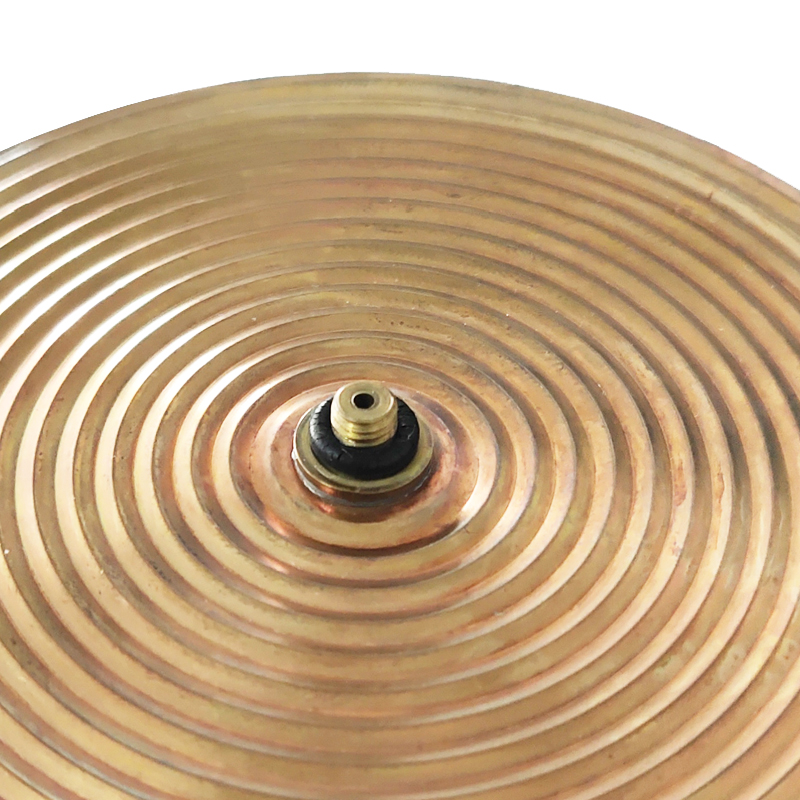
Nov . 28, 2024 00:34 Back to list
Optimal Differential Pressure Gauge System for Accurate Measurement and Performance
Understanding the Best Differential Pressure Gauge Assembly
Differential pressure gauges play a crucial role in various industrial processes, providing accurate measurements essential for monitoring and controlling systems. A well-designed differential pressure gauge assembly offers a reliable method to measure the difference in pressure between two points within a system, providing valuable insights that aid in process optimization, safety, and efficiency. In this article, we will explore the features, benefits, and best practices associated with selecting the best differential pressure gauge assembly.
What is a Differential Pressure Gauge?
A differential pressure gauge is an instrument that measures the difference in pressure between two points. These gauges are widely used in industries such as oil and gas, water treatment, pharmaceuticals, and HVAC systems. Depending on the application, the gauge may monitor pressure drop across filters, flow in piping systems, or the pressure levels within tanks, among other uses.
Key Features of Differential Pressure Gauge Assemblies
When selecting the best differential pressure gauge assembly, consider the following features
1. Accuracy and Resolution The precision of a gauge is vital for obtaining reliable measurements. High-accuracy gauges have a low percentage of error, which is crucial in industries where even minor variations can lead to safety hazards or economic losses.
2. Range and Calibration Differential pressure gauges come in various pressure ranges. It's important to choose a gauge that matches the specific requirements of the application. Additionally, the gauge should be easily calibratable to ensure ongoing accuracy.
3. Material and Corrosion Resistance Depending on the process media, the materials used in the gauge assembly must be compatible and resistant to corrosion, pressure, and temperature. Selecting gauges made from stainless steel or other specialized materials enhances durability and longevity.
4. Connection Types Differential pressure gauges can come with various connection types, including threaded, flanged, or sanitary connections. The choice of connection will depend on the pipeline and the installation environment.
5. Differential Pressure Transmitters In more complex applications, using a differential pressure transmitter along with a gauge can enhance data collection. This combination provides real-time data which can be monitored remotely, facilitating better control over the process.
Advantages of Using Differential Pressure Gauges
best differential pressure gauge assembly

1. Process Optimization By continuously monitoring pressure differentials, operators can optimize flow rates, prevent blockages, and maintain efficient system operations.
2. Safety Differential pressure gauges alert operators to potential issues, such as equipment malfunctions or build-up, which can pose significant safety risks. Timely interventions can prevent accidents and mitigate hazardous situations.
3. Cost-Efficiency With precise measurements, businesses can avoid unnecessary maintenance costs, reduce wastage, and enhance overall operational efficiency.
4. Data Analysis In industries that demand stringent monitoring and reporting, data gathered from differential pressure gauges can be invaluable. Analyzing this data assists in understanding trends, predicting failures, and making informed decisions.
Best Practices for Implementation
To derive maximum benefits from the differential pressure gauge assembly, consider the following best practices
1. Proper Installation Ensuring correct installation is crucial for accurate readings. Follow manufacturer guidelines and industry standards to avoid improper setup that can lead to erroneous measurements.
2. Regular Calibration Schedule regular calibration to maintain accuracy over time. Systems should be in place to verify measurements frequently, especially in critical applications.
3. Routine Maintenance Regular maintenance checks help ensure that the gauge functions correctly and that any wear and tear is addressed immediately.
4. Training and Awareness Equip personnel with the knowledge and training necessary to interpret gauge readings accurately and respond appropriately to alerts.
Conclusion
Selecting the best differential pressure gauge assembly is pivotal for optimizing industrial processes and ensuring safety and efficiency. By understanding the key features, benefits, and best practices associated with these gauges, businesses can make informed choices that lead to improved performance and lower operational risks. As technology advances, we can expect to see even more innovations in differential pressure measurement, further enhancing the capabilities and reliability of these essential instruments in various industries.
-
Top Diaphragm Seal Pressure Gauge Suppliers Precision & Durability
NewsMay.29,2025
-
Ashcroft Diaphragm Pressure Gauges High Accuracy & Durable Design
NewsMay.29,2025
-
WIKA Diaphragm Seal Pressure Gauges Corrosion-Resistant & Durable
NewsMay.29,2025
-
Precision Differential Pressure Gauge Assembly Reliable & Customizable Solutions
NewsMay.29,2025
-
WIKA Sanitary Diaphragm Pressure Gauge High Precision & Durability
NewsMay.29,2025
-
HD Fire Pressure Gauges High Accuracy & Durable Solutions
NewsMay.28,2025
